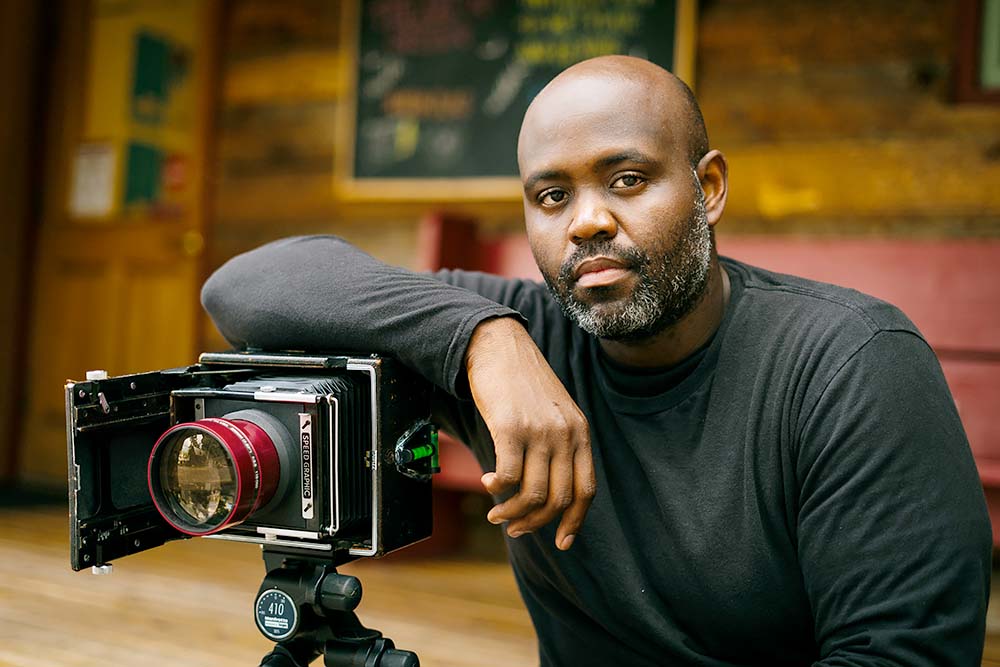Rashod Taylor is a fine art and portrait photographer whose work addresses themes of
family, culture, legacy, and the black experience. He has earned notable attention for
his ongoing longform photo series Little Black Boy; in it he documents his son's life
while examining the Black American experience and fatherhood.
Taylor attended Murray State University and received a Bachelor's degree in Art with a
specialization in Fine Art Photography. Taylor has since exhibited and published
nationally and internationally. Most recently
his "Little Black Boy" series was acquired by
the
Museum of Fine Arts Houston and received the 2021 Arnold Newman Prize For New Directions in Photographic Portraiture. Taylor was also a 2020 Critical Mass Top 50 Finalist, winner of Lens Culture's Critics Choice award and a 2021 Feature Shoot Emerging Photography Awards winner.
Taylor's editorial clients include National Geographic, The Atlantic, Essence Magazine
and Buzzfeed News, among others. His work has also been included in Feature
Shoot and Lenscratch among others.
Rashod Taylor lives in Springfield, MO, with his wife and son.
